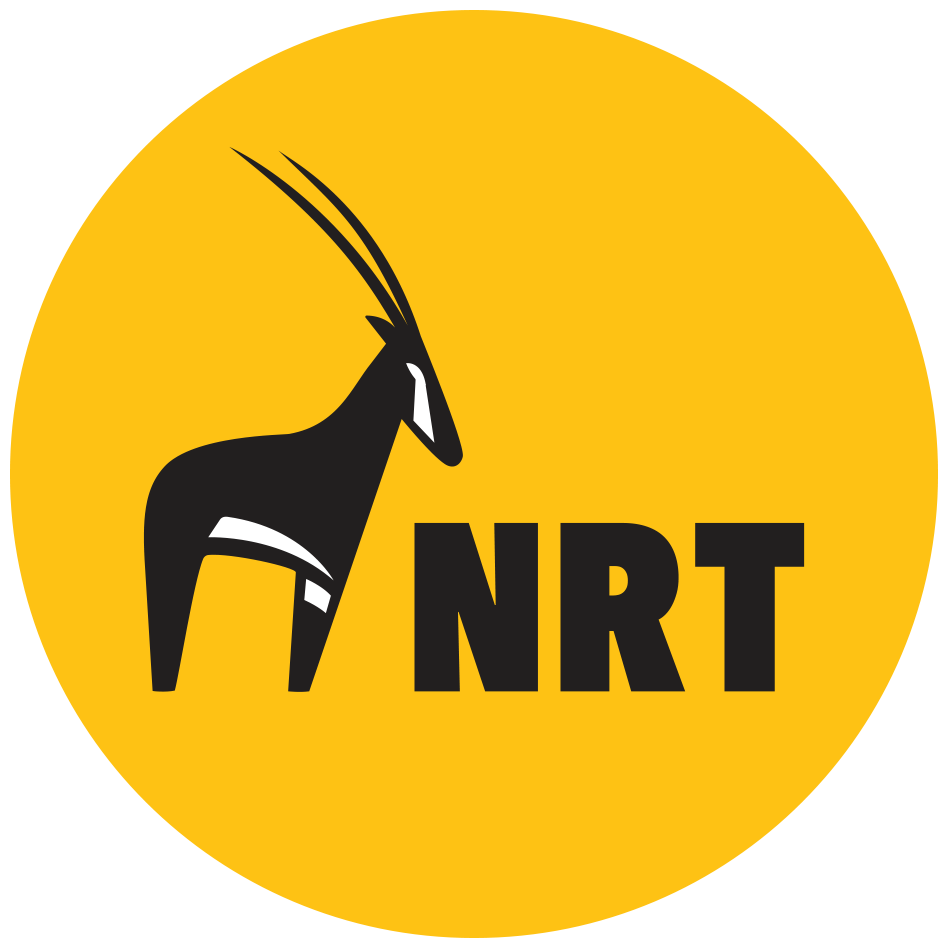Building Greener Futures: NRT Member Community Conservancies Lead in Rangelands Rehabilitation
Semi-circular earth bunds in Westgate Community Conservancy, Samburu County. Photo|NRT
Across northern Kenya, the health of the rangelands determines the wellbeing of the pastoralist communities who reside there.
In the NRT member conservancies in this region, indigenous communities are combatting climate change by rehabilitating degraded rangelands, charting a brighter future for all.
January this year saw Ruth Rana, Chairlady of Enduata Women’s Group in Naibunga Upper Community Conservancy lead women in her group in clearing parcels of land that had been overrun by Opuntia stricta, an invasive plant species commonly known as the prickly pear. The shrub had dominated vast stretches of grasslands, hampering the growth of native flora.
The women then diligently sowed grass seeds and ingeniously repurposed the prickly pear’s matter as a natural mulch that protected the seeds, preventing them from being blown away by gusts of wind or eaten by birds and rodents.
Mzee James Lenantoiye digs semi-circular earth bunds in Westgate Community Conservancy, Samburu County. Photo| NRT
To support the women’s efforts in improving the health of the rangelands, the Conservancy organised tours for them to various NRT member community conservancies and other parts of Kenya where grass reseeding had been successfully performed, and trained them on various rehabilitation techniques including the use of semi-circular earth bunds. Bunds, low embankments of compacted earth or stones in a semi-circle, are simple, cost-effective water conservation techniques that enhance soil’s water retention capacity, reduce rainwater runoff, and promote the natural regeneration of indigenous perennial grasses.
In October this year, 32,000 semi-circular earth bunds were created by over 300 women in the community, supported by Fauna and Flora and the Darwin Initiative. Ruth is optimistic that this will accelerate the growth of indigenous grasses, providing pasture for livestock and securing the communities’ livelihoods, which are dependent on a livestock economy.
Similar community-led land rangeland rehabilitation drives have taken place in Westgate Community Conservancy in Samburu County, where like in Naibunga Upper, rangeland degradation was prevalent.
James Lenantoiye, from Westgate’s Lempaute Village, recalls how the landscape gradually deteriorated, leaving community members puzzled. “Despite the area receiving rainfall in the rainy seasons, the ground hardly improved. The once-rich vegetation slowly dwindled, and most of our livestock and wildlife as well, succumbed to hunger.” He adds that to protect their surviving herds, some community members encroached on inhabited territories in search of pasture and water, sparking inter-ethnic conflict.
In 2022, Westgate, keen on solving the underlying issue, conducted a learning tour of the Kuku Group Ranch in the Amboseli ecosystem in Kajiado County for its grazing committee members, who gained valuable insights on effective rangeland management practices. Upon their return, they disseminated the knowledge they had acquired.
Women create semi-circular earth bunds in Naibunga Upper Community Conservancy, Laikipia County. Photo|NRT
Westgate’s initial rangeland rehabilitation efforts were mainly carried out by groups of women and youth who aimed at planting Cenchrus ciliaris grass species on 250 hectares of land at different sites in the Conservancy, supported by the Conservancy’s Carbon Community Fund. Further, 1,200 semi-circular earth bunds were established in the Conservancy. Between October and mid-November this year, with technical support from Justdiggit under the TWENDE (Towards Ending Drought Emergencies) Project, 13,844 semi-circular earth bunds were established in Westgate after potential sites were identified, community sensitization was conducted, and community members were trained on bund usage.
The TWENDE project is also supporting similar land restoration efforts in Kalama Community Conservancy and overseeing the development of 5,770 semi-circular bunds. As Kenya continues to experience above-average rainfall due to El Nino, it is expected that the rangeland rehabilitation efforts of the communities in both Naibunga Upper and Westgate Conservancies will be rewarded by rich grass harvests, securing the livelihoods of indigenous pastoralist communities and ensuring abundant pasture is available for livestock and wildlife.




